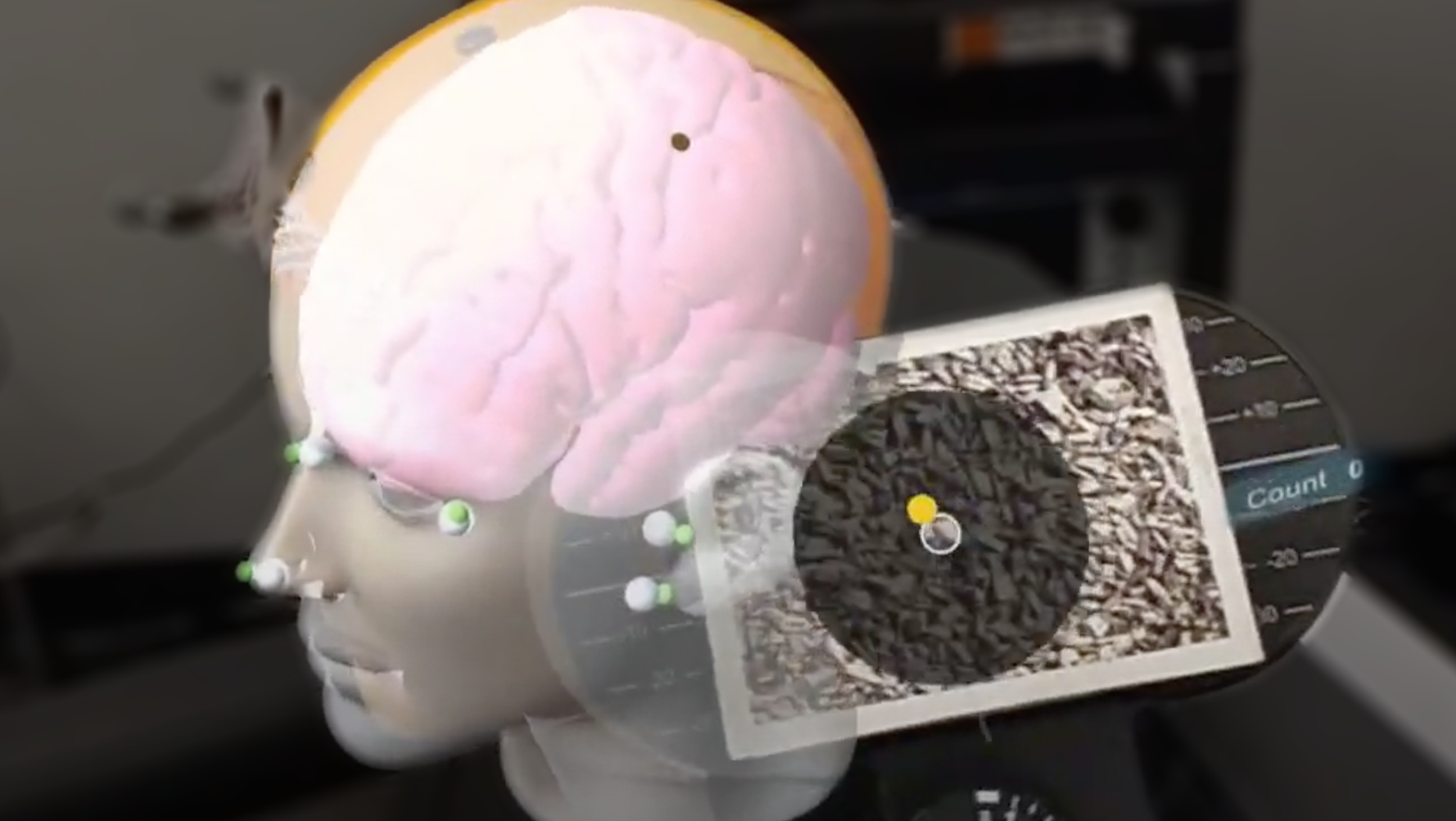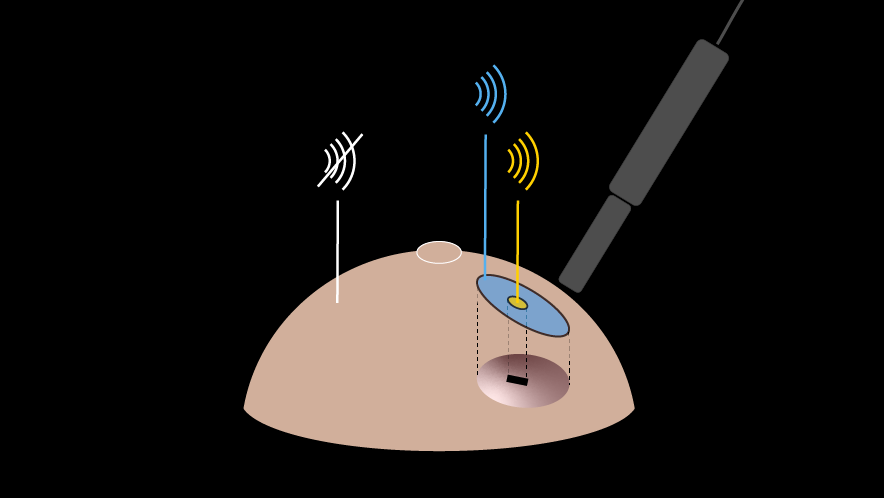Objective
Conducting qualitative and quantitative in-field-research on the topic "robotics in care"
Outcome
A research paper on applying design research methods in order to detect potential for innovative design for dementia patients
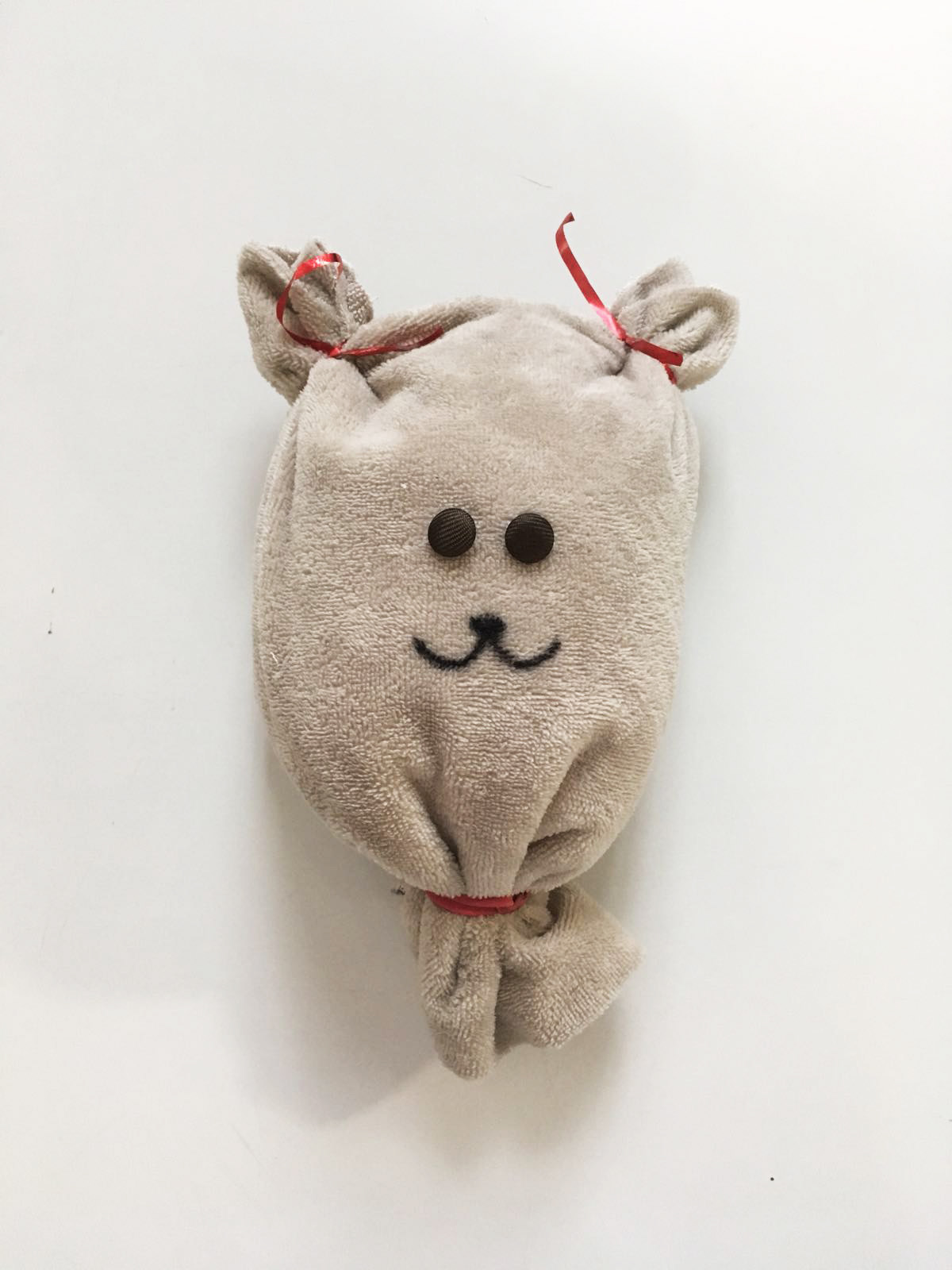
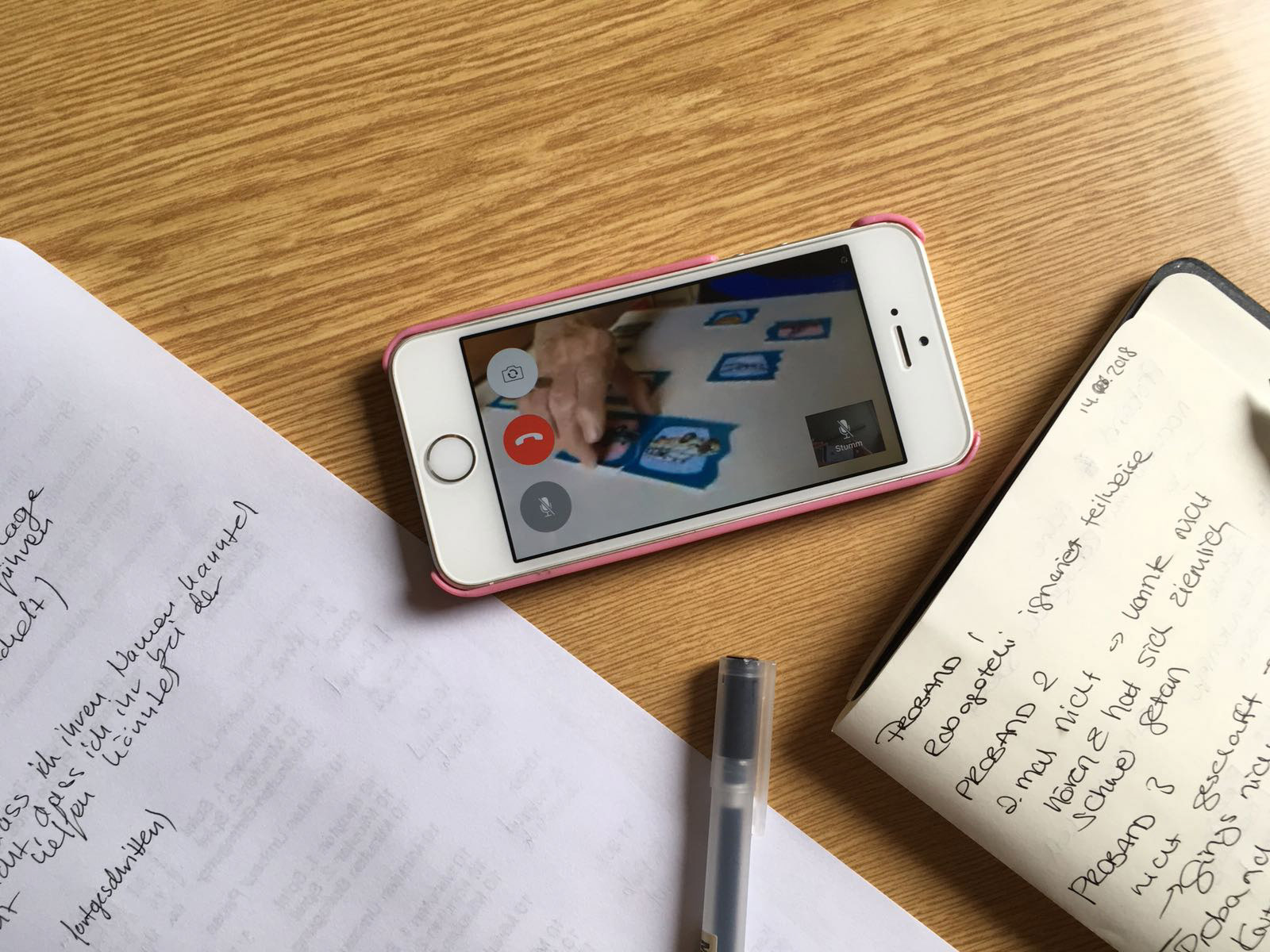
As part of the seminar „Design Research“ during the summer term of 2018, my team and I conducted research on the topic "robotics in care", more specifically, care of elderly people with dementia. The seminar focused on analyzing current conditions in nursing homes and detecting pain points, where design could intervene. We started out with desk research on the topic of robotics in dementia. We evaluated the products on the market and read through some of the papers on this topic. We formulated the following research question, which should then be tested in the course of the project: „Can an assistant robot help dementia patients solve a psychomotor task through verbal interaction?“
Field Research
After having specified the question at hand we searched for an appropriate method to test our hypothesis. We established contact to the „Seniorenpark Oberschleißheim“ in order to conduct field research. We visited the retirement home twice; the first time we facilitated a workshop with one of the caregivers. The method Card Sorting was used in order to identify the patients physical conditions and willingness to interact with robots. The insights we collected helped us to refine the needs of the users (the dementia patients) and develop a first prototype of the concept.
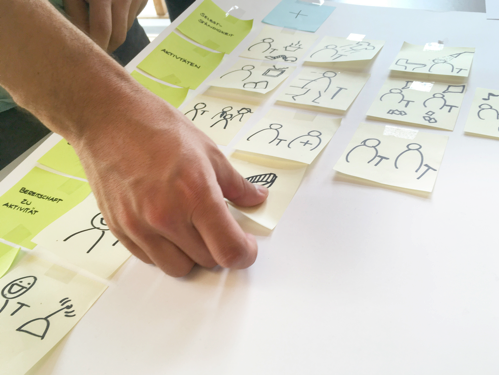
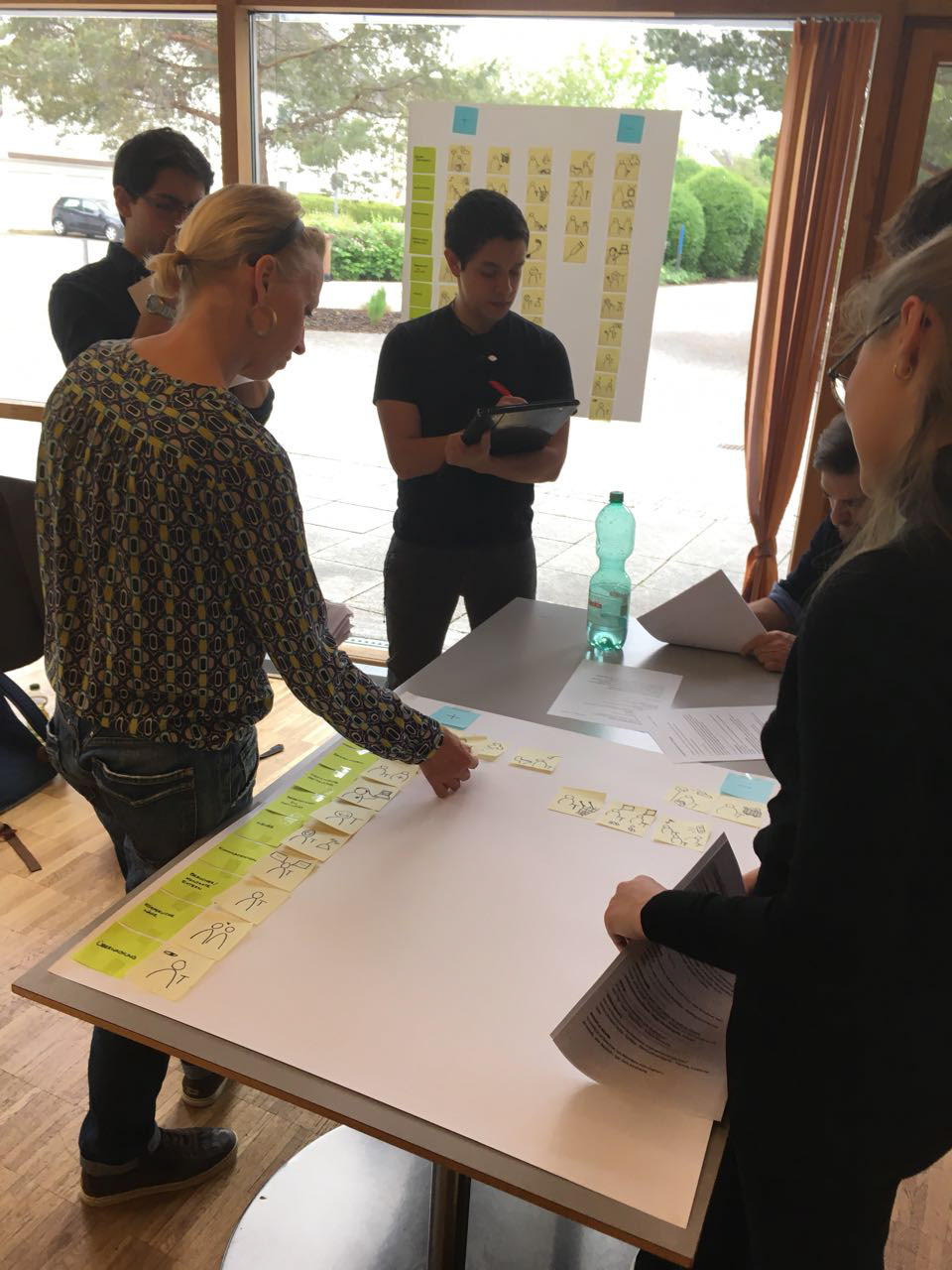
Our concept - called Robogotchi - is a robot equipped with audio-visual sensors. The soft toy is able to verbally interact with the patient using an artificial intelligence system. The Robogotchi is supposed to support and stimulate the dementia patients and at the same time relieve the nurses in their daily routine. This prototype was deployed as a tool in the second workshop, where a customized method was applied. A nurse, a dementia patient, a design researcher and the Robogotchi took part in this trial. We set up a room with a table, on which we positioned a puzzle specifically developed for dementia patients. Thereafter one patient at a time was brought into the room. The nursing home resident was asked to solve the puzzle with the help of the nurse in the first round and with the help of the Robogotchi in the second round. This qualitative research method was conducted with ten different subjects. The age of the patients ranged from 66 to 94 and the degree of dementia from two to three (Reisberg scale). We collected quantitative as well as qualitative data.
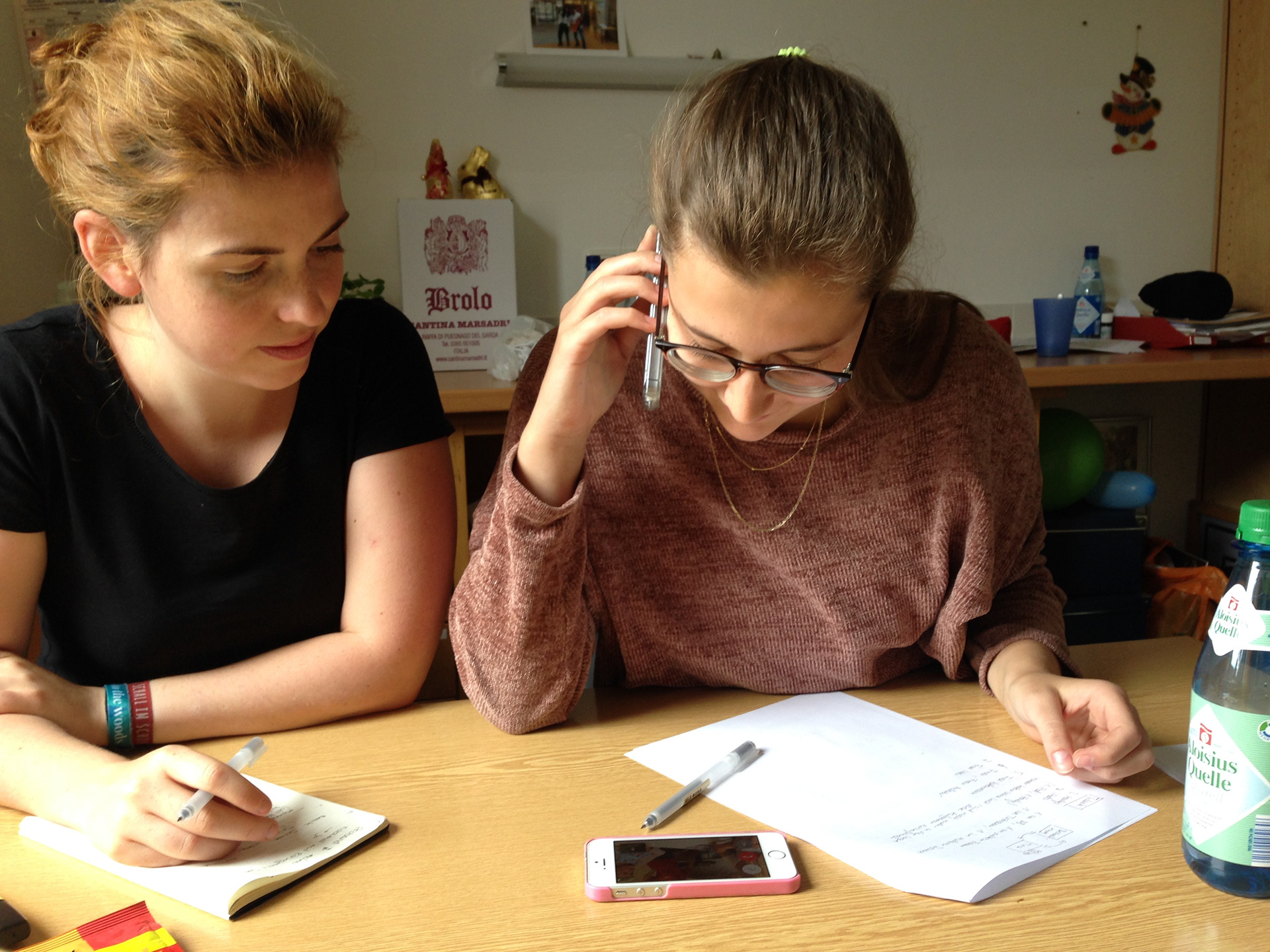
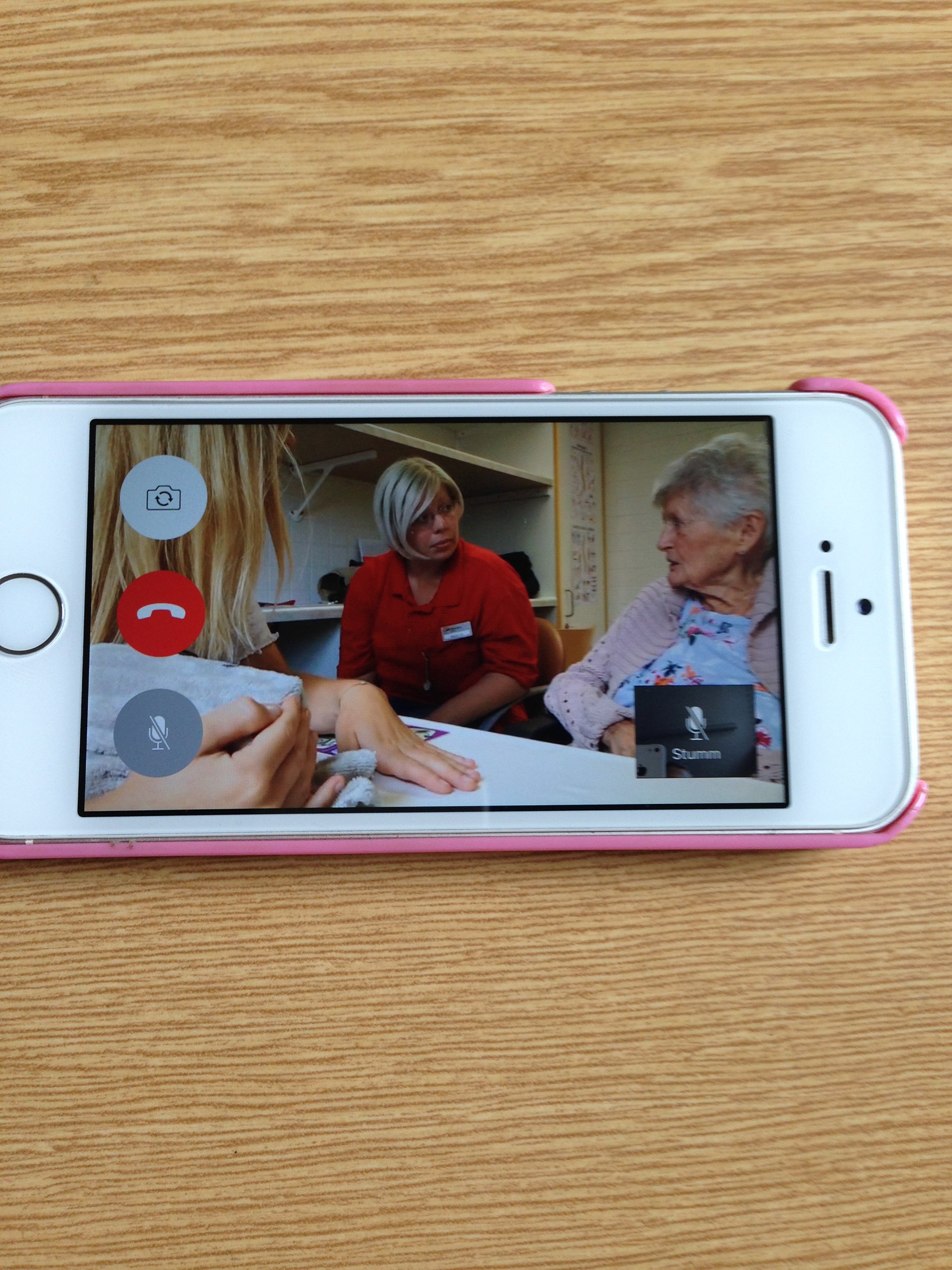
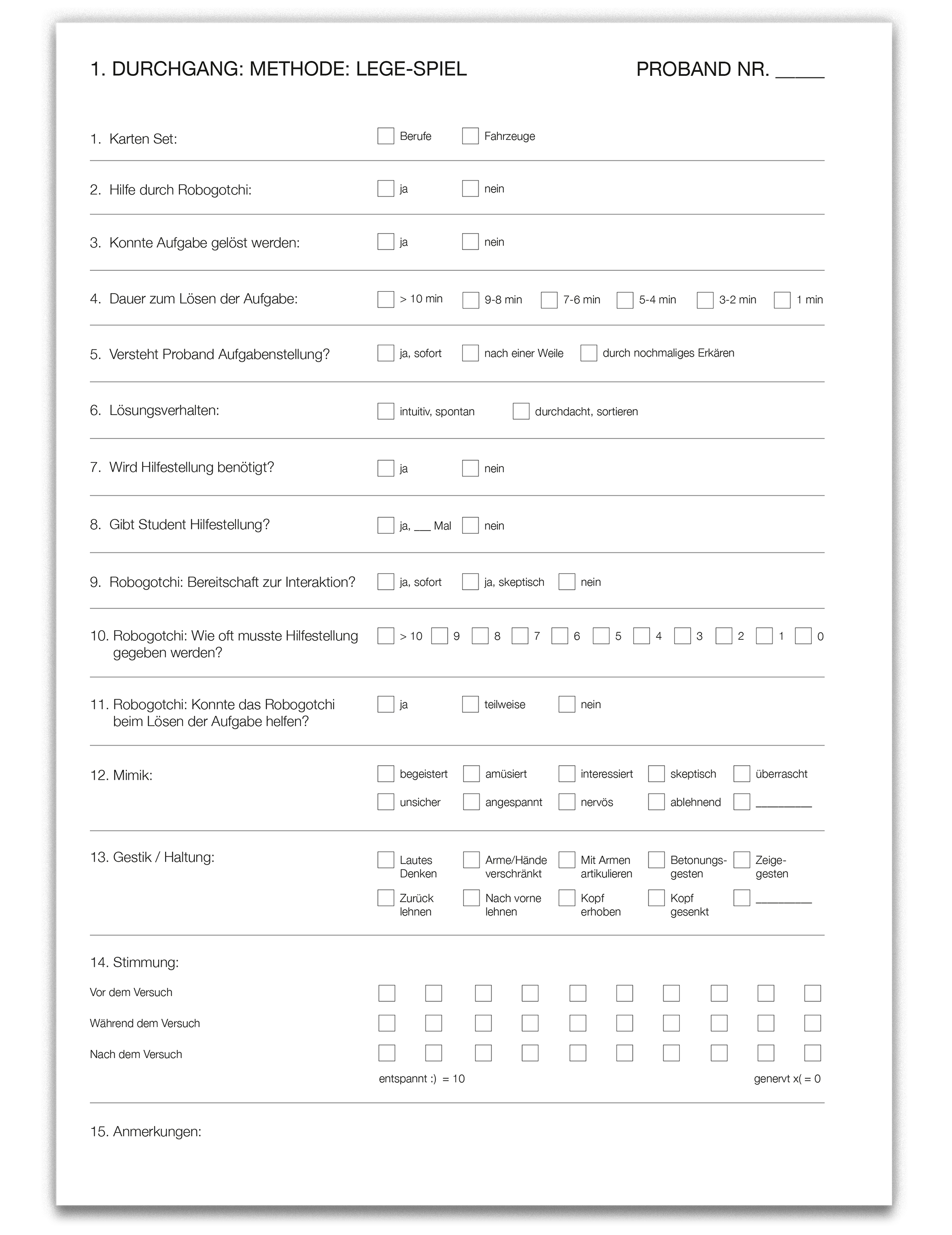

Results
The evaluation revealed the following main insights: it took all of the subjects less time to solve the puzzle in round two - with the help of the Robogotchi - than in round one. Furthermore we detected that the acceptance of the robot correlates with the degree of dementia. Patients with a more severe type of dementia showed a greater acceptance of the system. This might have something to do with the fact that they were more dependent on the help of the Robogotchi. Scientific papers on this subject had also stated that patients are more likely to accept robots in their daily life if it brings them more independence. We had also asked the patients and the nurses to fill out a form the day after the experiment. In those forms all of them had stated that they thought the look and the voice of the Robogotchi was very pleasant and that the Robogotchi had brought a lot of joy to them.
Outlook
The insights from the empirical research were then translated into a catalogue of formal requirements. This included the shape of the toy (making it more fit for physical interaction, e.g. cuddling) because we had seen the patients desire to take the Robogotchi and hug it. Another conclusion we made, was that the patients had reacted better to the sound of a female voice than a male voice. Using the male voice, the patients had shown difficulties connecting the voice to the cute appearance of the toy. So we worked on finding the right tone of female voice, which the patients would respond to the most. Furthermore we seek to run more tests with a larger number of patients and a wider range of dementia-degrees in order to see the effect of the Robogotchi on users with advanced dementia. After having finished the catalogue of requirements for the design concept we wrote a paper on the design research in order to make our insights accessible to other people interested in this specific topic.
My Role
Leading the co-design workshop
Preparation and execution of Wizard of Oz Usability Testing
Creating insights by merging qualitative and quantitative data analysis - Excel
Writing the scientific paper
Leading the co-design workshop
Preparation and execution of Wizard of Oz Usability Testing
Creating insights by merging qualitative and quantitative data analysis - Excel
Writing the scientific paper
